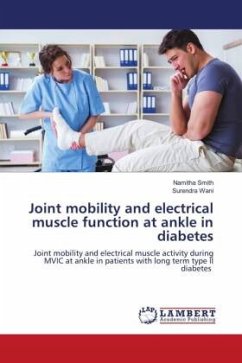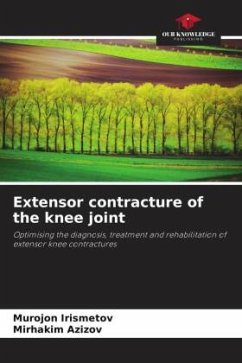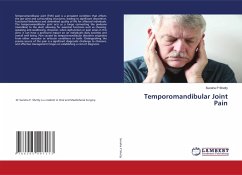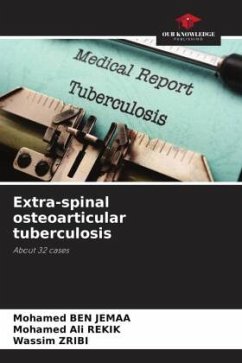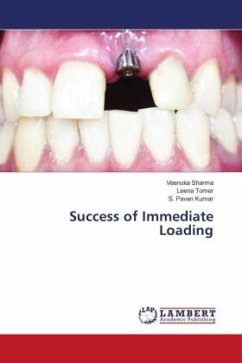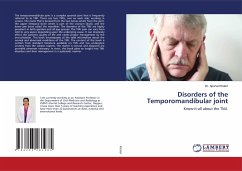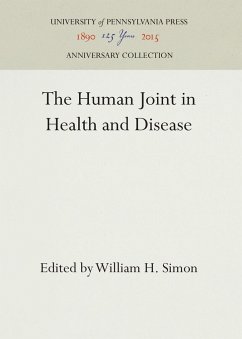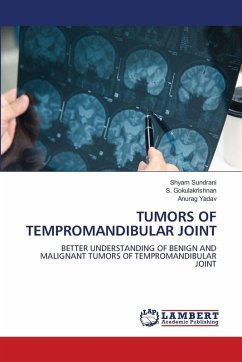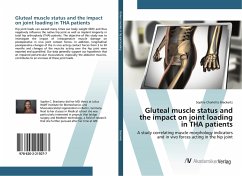
Gluteal muscle status and the impact on joint loading in THA patients
A study correlating muscle morphology indicators and in vivo forces acting in the hip joint
Versandkostenfrei!
Versandfertig in 6-10 Tagen
36,99 €
inkl. MwSt.

PAYBACK Punkte
18 °P sammeln!
Hip joint loads can exceed many times our body weight (BW) and thus negatively influence the native hip joint as well as implant longevity in total hip arthroplasty (THA) patients. The objective of this study was to investigate the impact of intraoperative muscle damage on postoperative in vivo joint contact forces. In addition, longitudinal postoperative changes of the in vivo acting contact forces from 3 to 50 months and changes of the muscles acting over the hip joint were reported and quantified. Our data generally support our hypothesis that an impaired periarticular musculature, especial...
Hip joint loads can exceed many times our body weight (BW) and thus negatively influence the native hip joint as well as implant longevity in total hip arthroplasty (THA) patients. The objective of this study was to investigate the impact of intraoperative muscle damage on postoperative in vivo joint contact forces. In addition, longitudinal postoperative changes of the in vivo acting contact forces from 3 to 50 months and changes of the muscles acting over the hip joint were reported and quantified. Our data generally support our hypothesis that an impaired periarticular musculature, especially the abductor muscles, contributes to an increase of these joint loads.



